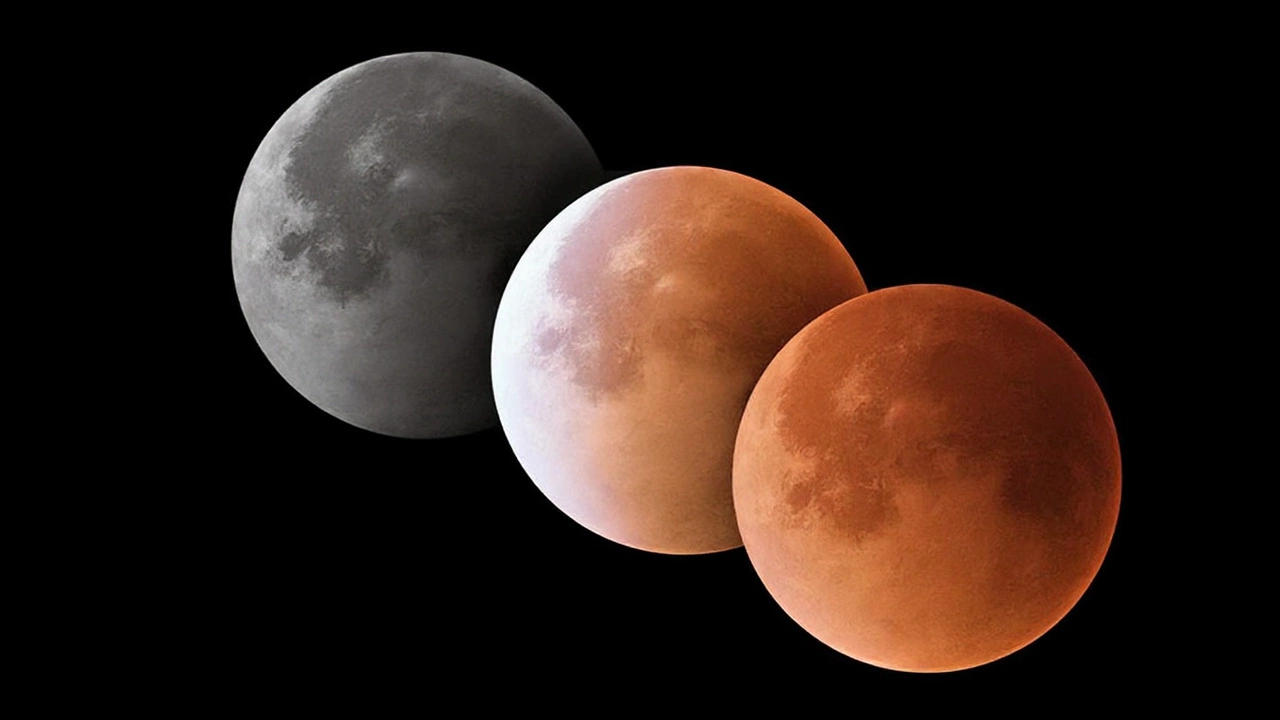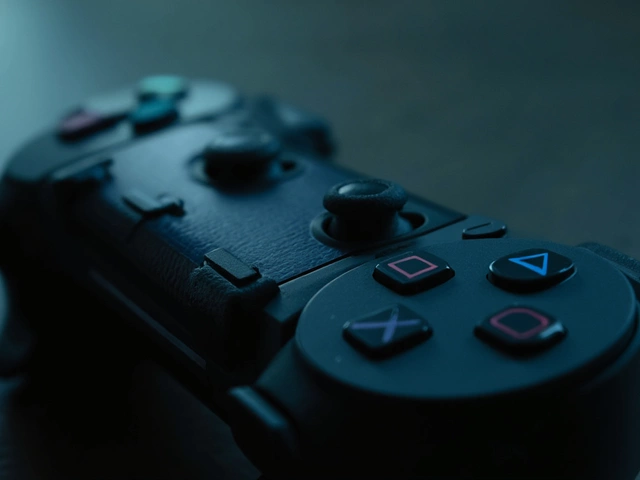Astrophotography Basics – Capture the Night Sky in Simple Steps
Ever looked up at the stars and wished you could snap them like a pro? You don’t need expensive gear or a PhD in optics. With a few easy tricks you can turn any backyard into a mini observatory.
Pick the Right Gear Without Breaking the Bank
Start with a camera that lets you control exposure. A DSLR, mirrorless, or even a good smartphone with manual mode works. Pair it with a sturdy tripod – shake‑free shots are a must. If you have a telescope, great, but a basic 50mm lens can pull off amazing star trails.
Set the Camera for Stars, Not Light Pollution
Switch to manual mode. Set ISO between 800 and 3200 – higher numbers catch more light but add grain. Try a shutter speed of 15‑30 seconds; longer exposures cause stars to streak unless you use a tracking mount. Open the aperture as wide as possible (f/2.8‑f/4) to let in maximum light.
Focus is the trickiest part. Turn off autofocus and use live view. Zoom in on a bright star and manually adjust focus until it looks sharp. A small “breathe‑in‑out” test – slightly defocus and refocus – helps you nail it.
Now, think about where you shoot. Head to a dark‑sky spot away from city lights. Use apps like Light Pollution Map to find clear locations. Clear skies and a new moon give the best results.
Compose your shot with the horizon in mind. A silhouette of trees, a mountain line, or even a distant building adds depth. Use the rule of thirds – place the Milky Way or a bright star cluster off‑center for a balanced look.
Take a burst of several frames. Later, stack them in software like DeepSkyStacker or free apps. Stacking reduces noise and brings out faint details you’d miss in a single picture.
Don’t forget to protect your gear. Night temperatures can drop fast, and dew can form on the lens. A simple anti‑dew heater or a DIY heat sink (a small bottle of warm water) keeps the glass clear.
Finally, edit lightly. Boost contrast a bit, pull up whites, and reduce blue cast if needed. Keep it natural – the goal is to show what you actually saw.
Astrophotography is all about patience and practice. Try one shot, learn what went wrong, and tweak the settings. After a few evenings you’ll have crisp, awe‑inspiring images of the night sky without spending a fortune.
Ready to shoot? Grab your camera, set up the tripod, and head out under the stars. The universe is waiting – and now you have the tools to capture it.

Astrophotographers in North America should gear up for the spectacular total lunar eclipse on March 13–14, 2025. The event offers a unique chance to photograph the blood-red Moon. Preparation includes selecting dark locations, using the right gear like DSLRs, telephoto lenses, and adjusting camera settings for optimal results. Key techniques involve light pollution maps, exposure bracketing, and manual focus.
Continue Reading





